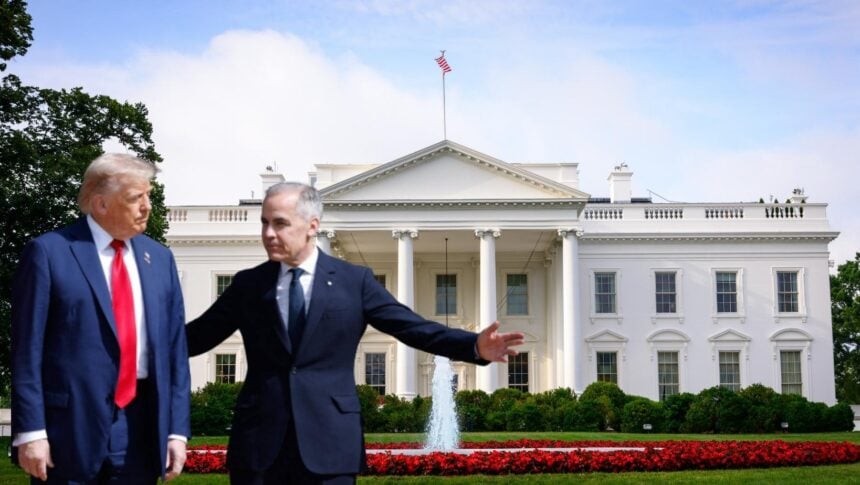Prime Minister Mark Carney will visit the White House next week for his first formal bilateral with President Donald Trump since summer, with both sides preparing for talks that could shape the near-term outlook for North American trade.
The meeting is set for Tuesday, Oct. 7, according to a Canadian government notice, and comes as the two countries gear up for the first joint review of the U.S.-Mexico-Canada Agreement in 2026.
Ottawa is signaling that relief on steel and aluminum tariffs is its top priority in Washington. The political backdrop is more charged than in past cycles.
The Trump administration this year re-imposed and then intensified Section 232 duties on imported steel and aluminum, taking headline rates to 50 percent for most countries and expanding the scope to hundreds of derivative products.
The measures are framed as national security actions and sit outside the USMCA framework, which means they have bitten even as overall Canada-U.S. trade flows stay large.
Federal Register notices this summer laid out the rate increases and product expansions, clarifying that existing free-trade deals do not automatically waive these duties.
Canadian officials have tried to lower the temperature to create room for a metals deal. Ottawa rolled back most of its retaliatory tariffs on U.S. goods on Sept. 1 while leaving countermeasures on steel, aluminum, and autos in place.
The government cast the move as an effort to align with U.S. exemptions under the trade pact and to clear the deck for targeted talks on the most sensitive sectors.
The aim now is to secure either a tariff-rate quota, time-limited exemptions, or a narrow exclusions process that would reduce immediate costs for integrated supply chains while broader USMCA review consultations continue.
For manufacturers that straddle the border, the difference between a blanket tariff and a quota or targeted exclusion is material.
The tariff structure taxes the steel or aluminum content of a wide range of finished goods, from appliances to equipment.
That has raised uncertainty for buyers who source components from both sides of the border and has complicated inventory planning for firms that normally run just-in-time logistics.
Even where companies can pass through costs, the pass-through typically lags by quarters, which dents margins.
The longer the elevated rates stay in place, the greater the risk of demand destruction for capital goods that depend on metal inputs.
In recent months, the administration carved out different treatment for certain allies through a combination of lower headline rates and quotas. That precedent gives negotiators a menu for Canada.
A narrow deal would likely start with quotas tied to historical trade flows and limited product exclusions, then expand if the arrangement proves workable.
A broader reset would require a clearer meeting of minds on the goals of Section 232 and how to police transshipment and surges.
Either way, a White House green light for technical talks would be enough to move expectations in metals and auto supplier equities.
The visit will also touch defense cooperation and border security, and both leaders have shown they are comfortable blending trade with other priorities. Even so, the immediate market interest sits with the metals file.
Canadian mills and fabricators remain exposed to U.S. demand, while U.S. buyers rely on Canadian feedstock to keep domestic projects on schedule.
A credible roadmap that trims the effective rate or narrows the coverage would ease pricing pressure and help stabilize order books on both sides of the border.




















